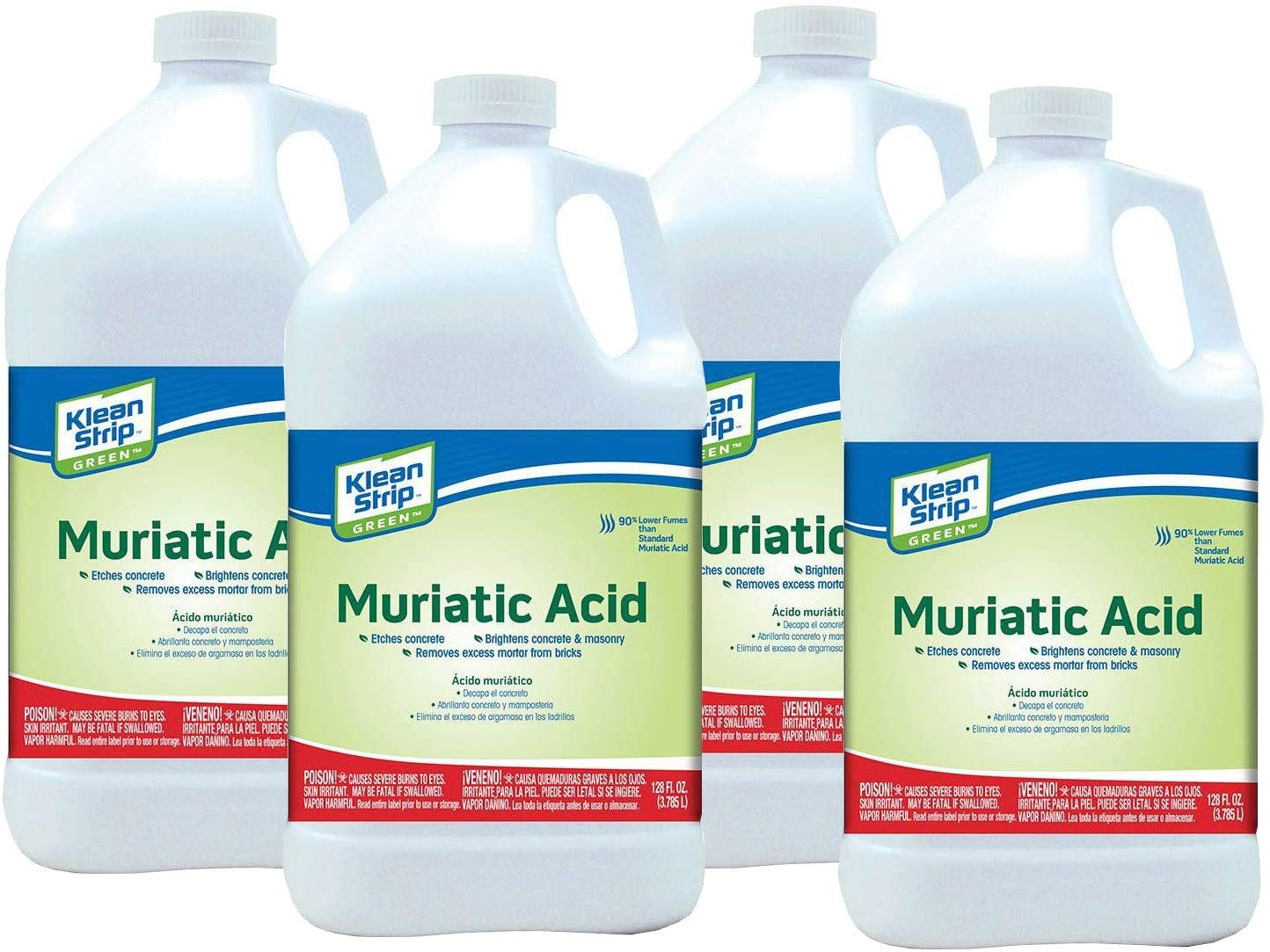Maintaining clean and clear pool water requires careful attention to various chemical parameters, including pH and total alkalinity. These two factors play a crucial role in balancing water chemistry and ensuring optimal conditions for swimming. In this blog post, we’ll explore what pH and total alkalinity are, how they work together, and their importance in keeping pool water clean and clear.
pH and Total Alkalinity: A Brief Overview
- pH: pH is a measure of the acidity or alkalinity of a solution, ranging from 0 to 14 on the pH scale. A pH value of 7 is considered neutral, while values below 7 are acidic and values above 7 are alkaline. For pool water, the ideal pH range is typically between 7.2 and 7.6, which is slightly alkaline to ensure comfort and safety for swimmers.
- Total Alkalinity: Total alkalinity is a measure of the water’s ability to resist changes in pH, buffering against fluctuations caused by factors such as rainfall, chemical additions, and bather load. Total alkalinity acts as a stabilizing factor for pH, helping to maintain a consistent and balanced environment. The recommended total alkalinity range for pool water is typically between 80 and 120 parts per million (ppm).
How pH and Total Alkalinity Work Together
pH and total alkalinity are closely linked and work together to maintain water balance and stability in the pool. Here’s how they interact:
- pH Buffering: Total alkalinity acts as a buffer against pH fluctuations, helping to prevent rapid changes in acidity or alkalinity. When total alkalinity levels are within the recommended range, the pool water is better able to maintain a stable pH, reducing the risk of pH swings that can lead to water imbalances and discomfort for swimmers.
- pH Adjustment: Total alkalinity also influences the effectiveness of pH adjustment chemicals such as sodium bicarbonate (baking soda) and sodium carbonate (soda ash). When total alkalinity is too low, pH adjustment chemicals may cause pH to fluctuate excessively, leading to unstable water conditions. Conversely, when total alkalinity is too high, pH adjustment chemicals may be less effective at raising or lowering pH as desired.
- Water Clarity and Comfort: Maintaining proper pH and total alkalinity levels is essential for ensuring water clarity, comfort, and safety in the pool. Imbalanced water chemistry can lead to issues such as cloudy water, skin and eye irritation, and corrosion of pool equipment. By working together to stabilize pH and maintain water balance, pH and total alkalinity help create an optimal swimming environment for enjoyment and relaxation.
Tips for Maintaining pH and Total Alkalinity Levels
- Regular Testing: Test pool water regularly using a reliable water testing kit to monitor pH and total alkalinity levels. Aim to test at least once per week and adjust chemical levels as needed to maintain balance.
- Adjust as Needed: If pH or total alkalinity levels are outside the recommended range, use pH-adjusting chemicals such as sodium bicarbonate (to raise alkalinity) or muriatic acid (to lower alkalinity) to restore balance.
- Follow Manufacturer’s Instructions: When adding chemicals to the pool, always follow the manufacturer’s instructions carefully to ensure proper dosage and application.
- Consider Using a Stabilizer: Adding a cyanuric acid stabilizer to outdoor pools can help protect chlorine from degradation due to UV sunlight exposure, enhancing the effectiveness of chlorine as a sanitizer and reducing the need for frequent chemical adjustments.
Conclusion:
pH and total alkalinity are essential factors in maintaining clean, clear, and balanced pool water. By understanding how pH and total alkalinity work together and following proper maintenance practices, pool owners can create a comfortable and enjoyable swimming environment for themselves and their families. Regular testing, adjustment, and monitoring of pH and total alkalinity levels are key to achieving optimal water quality and ensuring a hassle-free pool ownership experience.
